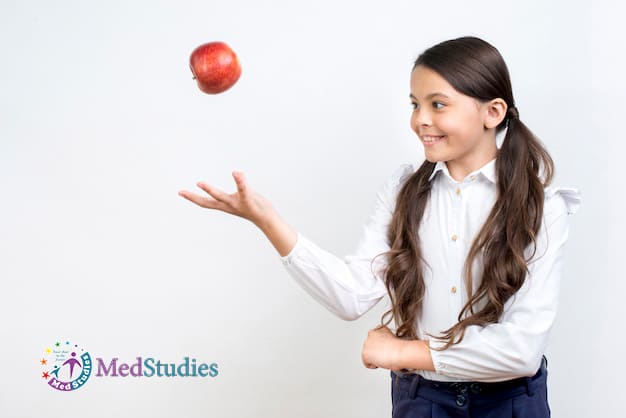
Application-Based Teaching: Improving Cognitive Ability In Children
Holistic development has become the need of the hour. It not only involves various forms of development, but also the right strategy to be adopted to ensure the learning is absorbed in the right way by the children. How should we understand the educational revolution? How can we overcome rote memorisation? How can we make our children creative? What all of the factors are to be taken care of in order to enhance logical and reasoning thinking?
Consistent practice is the key to lasting progress. Yes, we all need to be consistent in our efforts so that regular reinforcement can boost effective and efficient learning. Let us understand a little bit about the functioning of the brain when discussing cognitive learning among children.
WHAT IS COGNITIVE LEARNING?
Cognitive learning is an active form of learning that allows students to reflect upon the acquired knowledge and develop problem-solving skills through active participation or deep and logical thinking.
Application-based learning emphasises retrieving information from the memory and applying it to understand natural phenomena or real-world situations. When the stimulus of relating knowledge to surroundings is forced upon the learner, the response yields to the rewiring of neurons in a way that is built upon critical thinking.
The reinforcement that strengthens the brain muscles gradually improves the cognitive ability of an individual.
NEUROPLASTICITY TECHNIQUE
Neuroplasticity, the rewiring of brain neurons, is a well-known technique to train your brain for positive habits. Hence, the more we practice, the easier it becomes for us to solve the questions or have a better command of the concept.
Gone are the days of traditional learning. Now is the time to move in parallel with evolution and encourage children to construct knowledge beyond the classroom. How can we lead the path to the construction of knowledge? What should be done to enhance these skills?
Various new ways could encourage learners to brainstorm and think differently. Application-based questions is one of the vital strategies that help a learner construct knowledge by the application of newly acquired knowledge to his/her surroundings. It helps in building logical thinking, eliciting brain cells to evolve and neurons to rewire.
These types of questions can be solved only with the acquisition of well-structured knowledge that not only helps a person to understand the world around them but also to make an informed decision. This technique assists in building robust mental schemas that motivate the learner to connect new information with an existing one and enhance the brain’s efficiency.
By facilitating the process of encoding information, strategising, constructing knowledge, and generalisation, a learner develops a habit of thinking outside of the box. Hence, the technique of implementing application-based questions in the classroom generates the logical mind that is expected to outperform gradually.
Enhanced creativity and logical thinking are a long-term asset that acts as a powerful foundational approach. Hence, the shift from rote memorization to application-based learning can do wonders in the life of a student.
“Pure logical thinking cannot yield us any knowledge of the empirical world; all knowledge of reality starts from experience and ends in it.”- Albert Einstein.